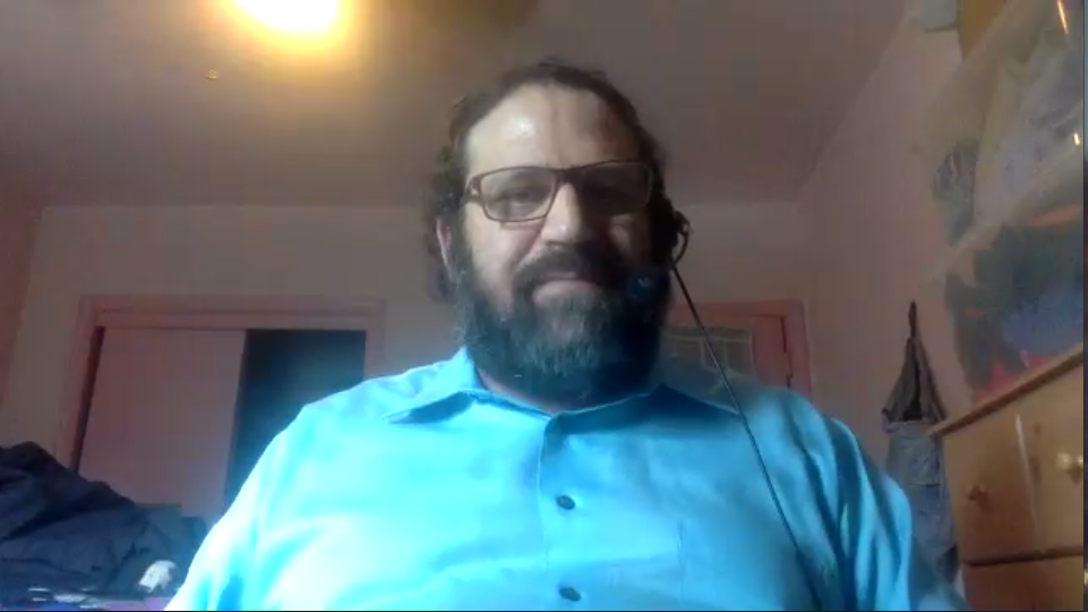Panelists Critique Common Claims Agencies Use to Oppose FCC’s Ligado Decision
June 24, 2020 — The conflict over the Federal Communications Commissions’ Ligado decision, which continues to be disputed by the Department of Defense and the Department of Transportation, has exposed a fault line in the spectrum allocation decision-making process. “Why are the agencies behaving thi
Jericho Casper

June 24, 2020 — The conflict over the Federal Communications Commissions’ Ligado decision, which continues to be disputed by the Department of Defense and the Department of Transportation, has exposed a fault line in the spectrum allocation decision-making process.
“Why are the agencies behaving this way?,” Public Knowledge Senior Vice President Harold Feld asked at a Tuesday webinar hosted by Public Knowledge and the Lincoln Network. “The decision making process that has been working for two decades is being torn away by these agencies.”
Joel Thayer, telecommunications expert and attorney at Phillips Lytle LLP, said that “unfortunately, the Department of Defense is only taking their own parochial interest into account.”
In spite of the continued pushback towards the FCC’s decision, the agency did everything they could have, panelists said.
Feld argued that the Department of Defense, which has the most spectrum of any federal agency, may be concerned about losing control of crucial telecommunications resources.
“If the FCC does its job reallocating spectrum, the Department of Defense may be at a disadvantage in future fights,” Feld said.
The panelists attempted to debunk the common arguments and misinformation spread in opposition to the Ligado decision.
One such critique was that the Ligado decision was made in a hurried fashion, as the FCC announced its decision on a Sunday.
Panelists called this critique laughable, as the FCC’s decision actually took longer than expected and deliberations have been ongoing for 17 years.
“[This critique] reflects a basic unfamiliarity with how the FCC works, as the vast majority of items are voted on in circulation,” Feld said. “People arguing this are deliberately trying to mislead people.”
Other critics have claimed that the Ligado decision will slow down 5G deployment.
Daniel Hoffman, fellow at the Belfer Center for Science and International Affairs, discredited this argument, explaining that the fastest way to 5G deployment is through utilization of the L-band, which is what Ligado is proposing to do.
“The only hold up is this bureaucratic sinkhole that we’re in,” Hoffman said.
The final critique commonly used against the Ligado decision was that widespread harmful interference would result from the decision.
After utilizing several different tests to understand if there would be harmful interference, the FCC found that no interference was occurring.
To mitigate the concerns of other agencies, the FCC added additional safeguards to the decision to lower the risk of interference.
For example, the agency dedicated an additional 23 megahertz of space between Ligado’s part of the spectrum and the area used by neighboring agencies to create a guard band. Further, the FCC lowered the company’s base station power levels to 9.8 decibel watts.
“People are unaware of how much the FCC mandated to make the allocation safe,” Hoffman said.
“The decision-making problem that has been developing is damaging to the future of 5G and the future of wireless,” Thayer said, calling for White House intervention.
“We need to ask, what does the Department of Defense want out of this? What does Congress want out of this? And what’s good for innovation?” Feld concluded.









Member discussion